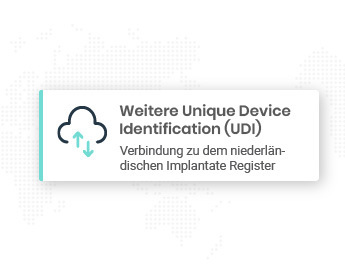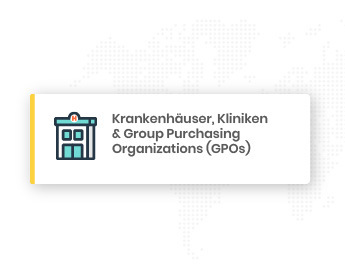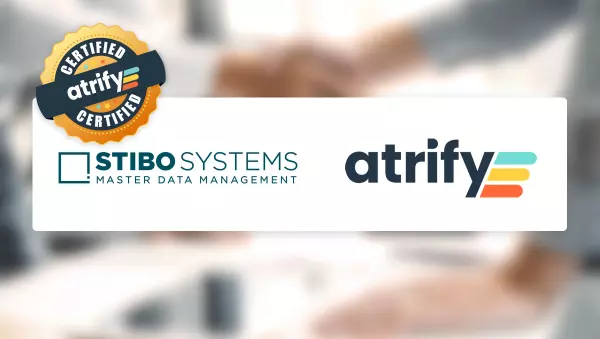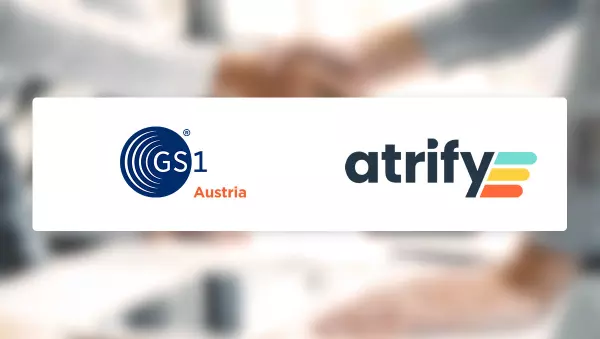
Based on the last blog “GDSN Machine-To-Machine (M2M) – the supreme discipline of electronic data exchange – an overview”, this blog is about addressing XML messages correctly. In this blog I explain the most common confusions with regards to addressing messages, when implementing XML for a maschine-to-maschine (M2M) connection to the Global Data Synchronization Network (GDSN).
Based on the last blog “ GDSN Machine-To-Machine (M2M) – the supreme discipline of electronic data exchange – an overview ”, this blog is about addressing XML messages correctly. In this blog I explain the most common confusions with regards to addressing messages, when implementing XML for a maschine-to-maschine (M2M) connection to the Global Data Synchronization Network (GDSN).
In the GDSN, suppliers and retailers are not directly connected to each other- so there is no need to establish point-to-point connections, which is a huge advantage. A GDSN certified data pool, such as the atrify data pool, is always an entity in between both parties and receives messages from both: information providers such as suppliers, brand owners or medical device manufacturers and information recipients like retailers, app providers or hospitals . Information providers send their item data and publications. Whereas information recipients send subscriptions and item confirmations . In addition to that a data pool acts as a relay between other data pools and suppliers or retailers e.g. if both parties are working with different GDSN data pools.
That is why understanding the addressing topic is paramount to success!
The atrify data pool uses the Sender and Receiver identifier for authorization and routing of response messages ( gdsnResponseMessage ). All parties sending to atrify data pool need to be set-up for authorization purposes and to correctly address the response message ( gdsnResponseMessages ) that are generated by the GDSN data pool.
The entity sending a message is expected in the so called Sender identifier :















